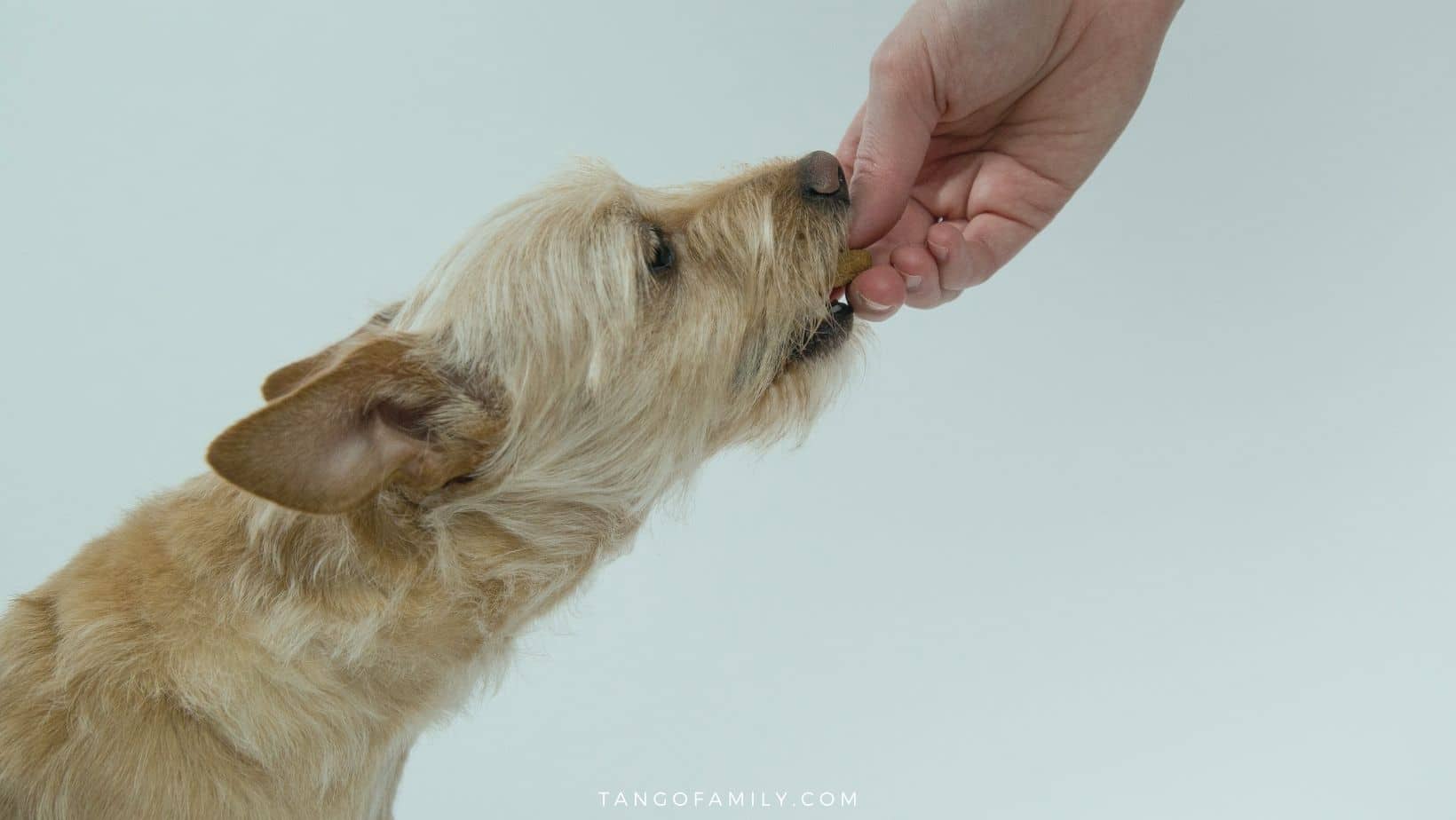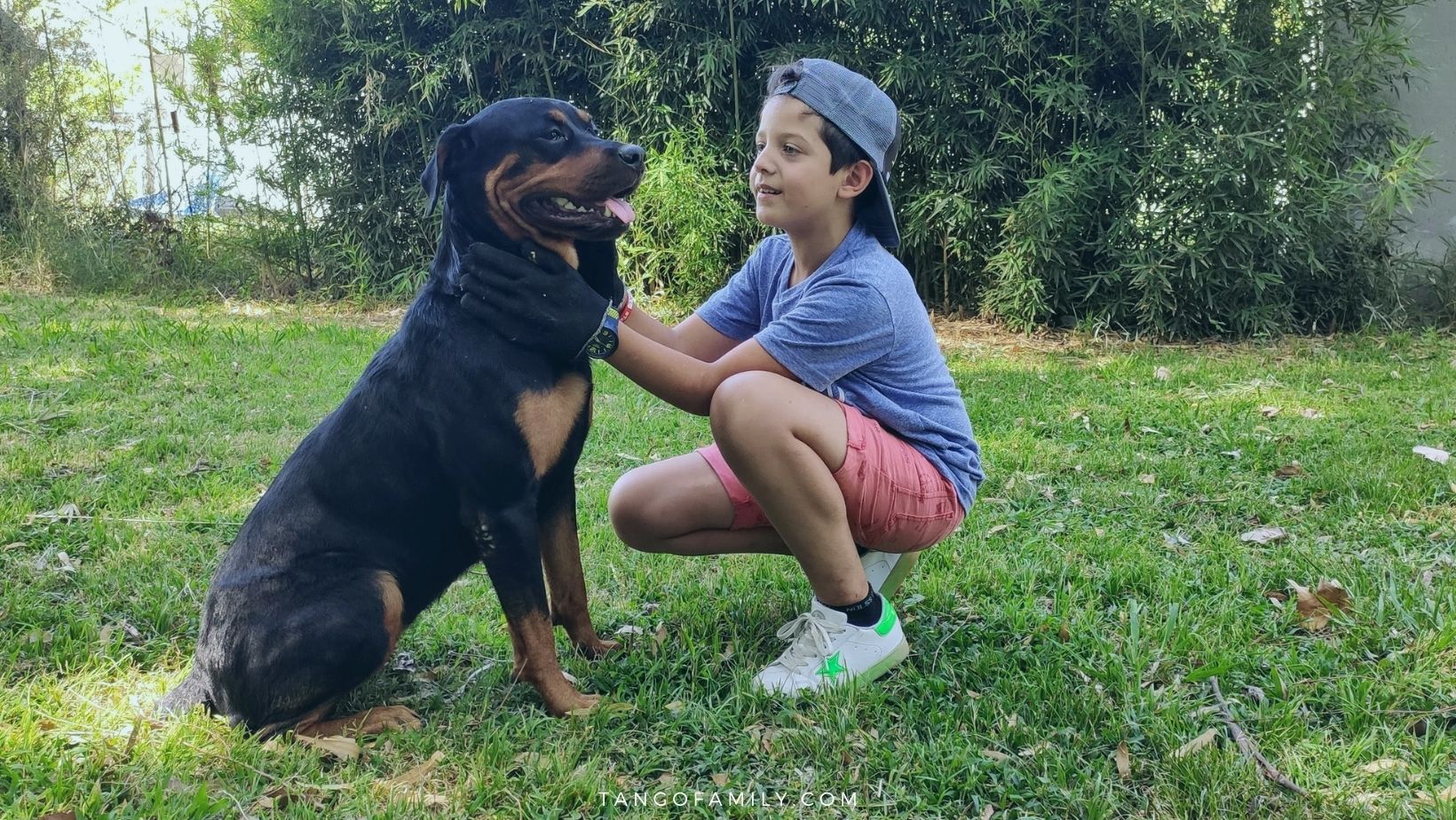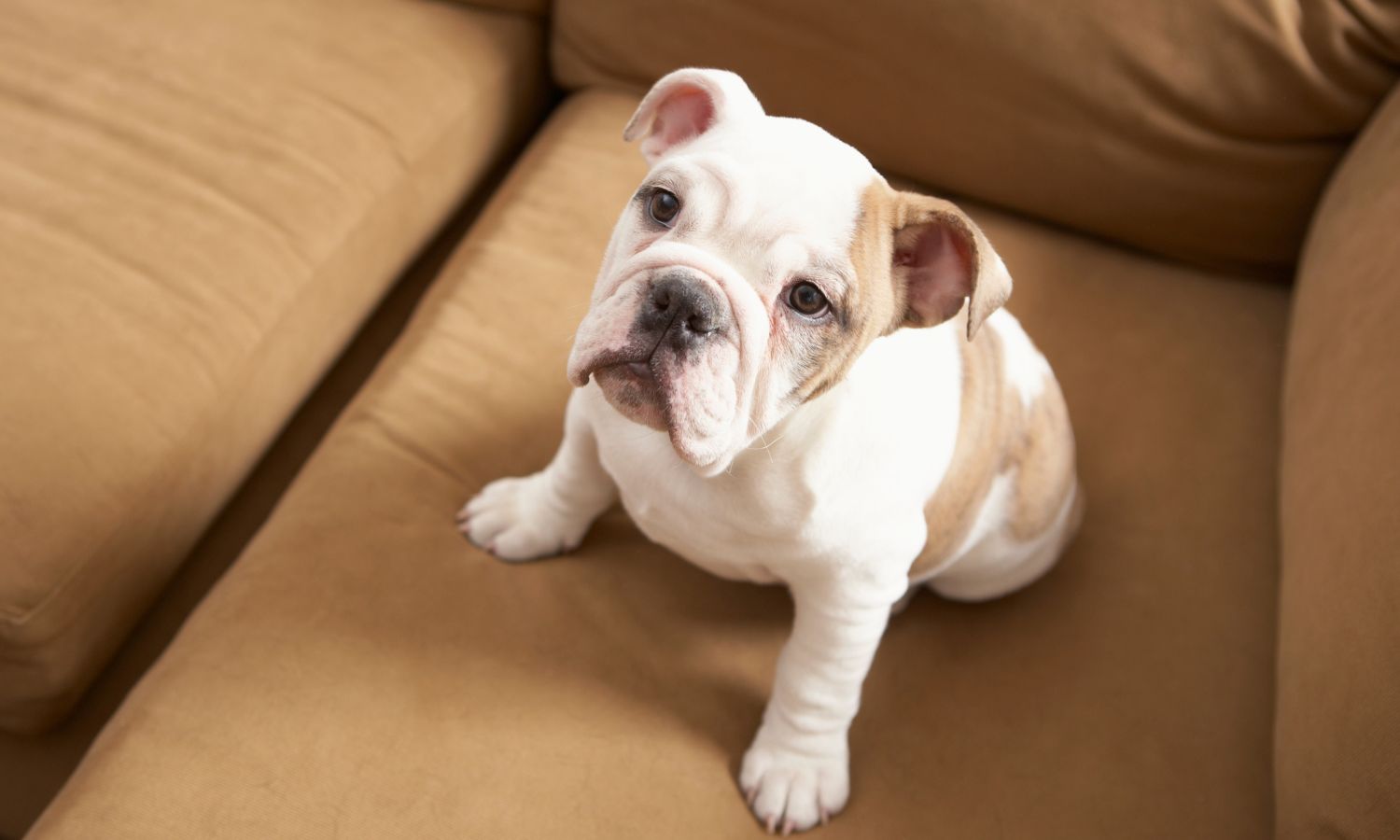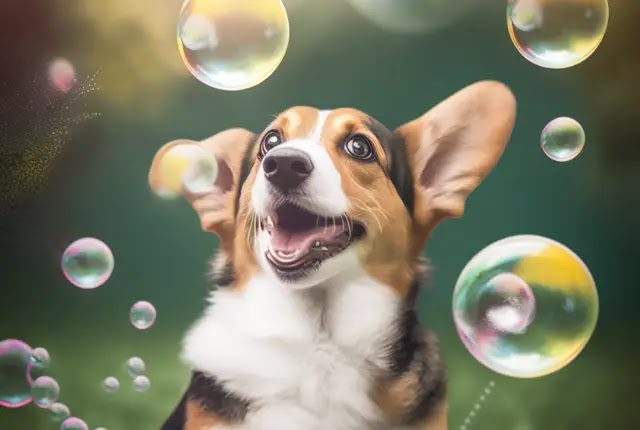Brief overview of cat behavior during cuddling
Cats have long been regarded as independent and enigmatic creatures. Known for their aloof demeanor, these feline companions often surprise us with unexpected behaviors when it comes to moments of intimacy. Cuddling sessions, which may seem rare for some cat owners, can reveal a different side of their furry friends. In this blog, we’ll delve into a peculiar behavior that has puzzled many cat owners: nose biting during cuddle sessions.
Intriguing observation: Nose biting during cuddle sessions
Cats’ unpredictable nature becomes evident when they engage in behaviors that deviate from their independent reputation. One such behavior that has gained attention is nose biting during cuddle time. Whether through personal anecdotes shared by cat owners or popular instances circulating on social media, this curious behavior has left many wondering about its underlying reasons.
Understanding the reasons behind this behavior
Decoding cat behavior is crucial for fostering a harmonious relationship between feline companions and their human counterparts. As our understanding of these creatures evolves, so does our ability to respond appropriately to their needs and expressions of affection. This blog aims to explore the reasons behind cats’ tendency to bite their owners’ noses during cuddle sessions, shedding light on the motivations behind this seemingly playful yet puzzling behavior.
Unraveling the Mystery: Why Do Cats Bite Noses?
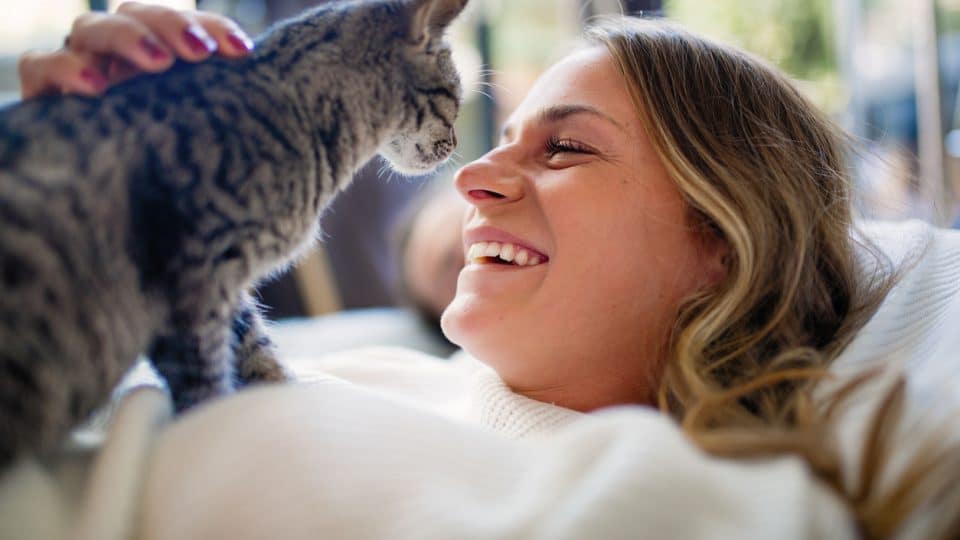
The Significance of Cat Behavior Decoding
Understanding cat behavior is akin to deciphering a subtle language. Cats communicate through body language, vocalizations, and behaviors, each carrying specific meanings. Decoding these cues is vital for building trust and strengthening the bond between cats and their human companions. By unraveling the mystery behind nose biting, we gain insights into the intricate world of feline communication.
The Playful Nature of Cats
Cats are natural hunters, and their playfulness is deeply ingrained in their instincts. During cuddle sessions, this playful nature can manifest in various ways, including gentle biting. The nose, being a prominent facial feature and easily accessible, becomes a target for this playful behavior. Personal anecdotes often describe cats exhibiting this behavior with a mischievous glint in their eyes, suggesting a lighthearted intent.
Communication Through Touch
Cats use touch as a means of communication. Nose biting may be a cat’s way of expressing affection or establishing a connection. In feline social groups, grooming and nibbling are common forms of bonding. When a cat nibbles your nose, it might be a sign of endearment, akin to the grooming rituals observed among cats in the wild.
Social Media Trends: A Collective Purr-spective
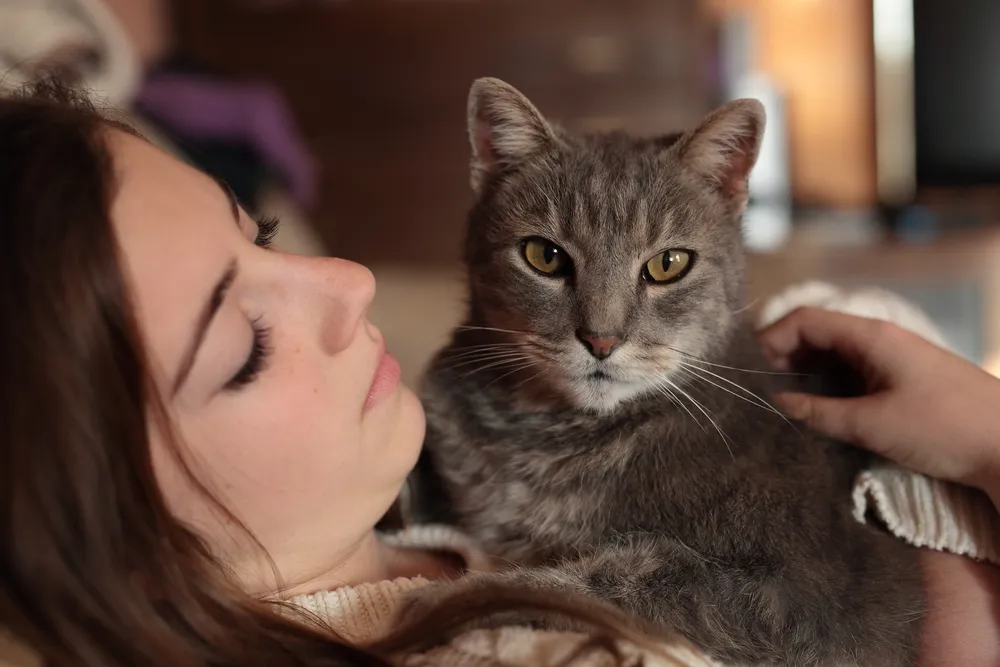
Anecdotes from Cat Owners
As cat owners increasingly share their experiences on social media platforms, patterns emerge in the form of shared anecdotes. Countless stories recounting nose-biting incidents during cuddle sessions reveal a common thread – the surprising and playful nature of this behavior. These narratives provide a sense of reassurance to cat owners who may have initially been taken aback by their cat’s unexpected nibbles.
The Viral World of Cat Videos
Social media is inundated with adorable cat videos that capture these feline quirks. Nose biting, in particular, has become a viral sensation, with countless videos showcasing cats engaging in this playful behavior. The widespread appeal of these videos not only highlights the universality of the nose-biting phenomenon but also invites viewers to appreciate the endearing and humorous side of feline companionship.
Navigating the Playful Path of Feline Affection
In conclusion, the enigmatic behavior of nose biting during cuddle sessions reveals the multifaceted nature of feline companionship. As cat owners, understanding the motivations behind such behaviors is key to fostering a deeper connection with our furry friends. Whether it’s a playful expression of affection or a bonding ritual, nose biting adds a unique dimension to the tapestry of feline interactions.
The Nature of Cats
Overview of Feline Behavior and Communication
Cats are known for their enigmatic and independent nature. Understanding their behavior and communication methods is crucial for building a harmonious relationship. Unlike humans, cats rely heavily on non-verbal communication, using a combination of body language, vocalizations, and touch to convey their emotions and intentions.
Non-Verbal Communication as a Primary Mode for Cats
In the feline world, actions often speak louder than words. Cats use subtle cues such as tail position, ear movements, and eye contact to express their feelings and intentions. This non-verbal communication is a key component of their social structure and plays a vital role in establishing relationships with other cats and humans.
The Role of Touch in Feline Interactions
While cats may not be as overtly affectionate as dogs, touch is a significant aspect of their communication. Through grooming, rubbing, and other physical interactions, cats establish bonds and convey a range of emotions, from affection to assertiveness.
Discussion on the Significance of Physical Contact for Cats
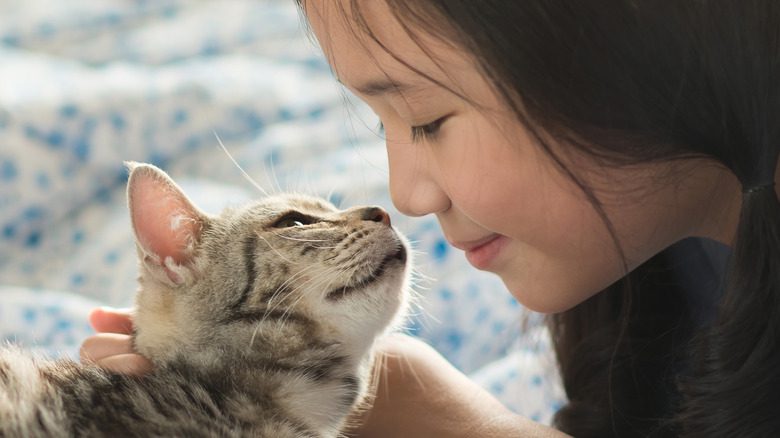
Comfort and Security Derived from Physical Closeness
Physical contact, including cuddling, provides cats with a sense of comfort and security. When a cat chooses to cuddle with you, it signifies trust and a desire for closeness. The warmth and rhythm of your breathing can be soothing for your feline friend, creating a bond reminiscent of the grooming behavior observed in cat colonies.
Establishing a Sense of Territory Through Physical Touch
Cats are territorial creatures, and physical touch plays a role in marking and claiming their territory. When a cat rubs against you or nuzzles your face, it’s a way of marking you with its scent, establishing a sense of ownership and familiarity.
Factors Influencing Cat Behavior During Cuddling
Environmental Factors Affecting a Cat’s Comfort Level
The environment plays a crucial role in shaping a cat’s behavior during cuddling sessions. Changes in surroundings, the presence of other animals, or unfamiliar scents can affect a cat’s comfort level and may influence its behavior. Understanding and adapting to your cat’s environment can help create a more relaxed and enjoyable cuddling experience.
Emotional States Influencing Behavior During Cuddle Sessions:
Before we dive into the specifics of nose biting, it’s crucial to understand the emotional states that can influence your cat’s behavior during cuddle sessions. Cats are complex creatures with a wide range of emotions, and their actions often reflect their feelings. Whether it’s love, anxiety, or playfulness, recognizing these emotional states is key to deciphering your cat’s behavior.
Communication Through Body Language:
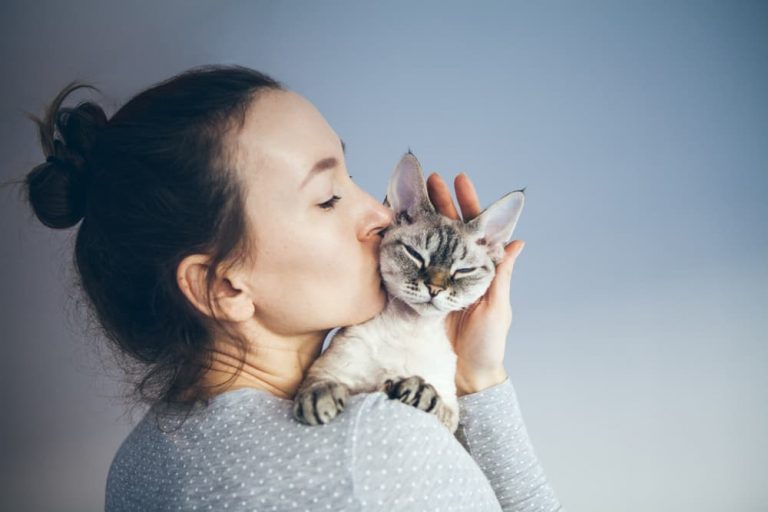
Exploring How Cats Express Themselves Through Body Language:
Tail Movements, Ear Positions, and Other Non-Verbal Cues:
- Cats are masters of non-verbal communication, and their tails and ears play a significant role in expressing their emotions. Understanding the meanings behind different tail movements and ear positions can provide insights into your cat’s current mood.
The Subtleties of Facial Expressions in Cats:
- Cats convey a wealth of information through their facial expressions. From narrowed eyes indicating displeasure to slow blinks signifying trust, decoding these subtle cues can deepen your connection with your feline companion.
Nose Biting as a Form of Communication:
Historical Context of Nose Biting in Cat Behavior:
- Nose biting is not a new behavior in the feline world. Exploring the historical context of this behavior can shed light on its evolutionary purpose and help us better understand why cats engage in nose biting during cuddle sessions.
Differentiating Between Playful and Assertive Nose Biting:
- Not all nose bites are created equal. Distinguishing between playful nibbles and more assertive bites is crucial for interpreting your cat’s intentions. Factors such as the pressure applied, accompanying body language, and the overall context can help make this distinction.
Understanding the Messages Behind Specific Behaviors:
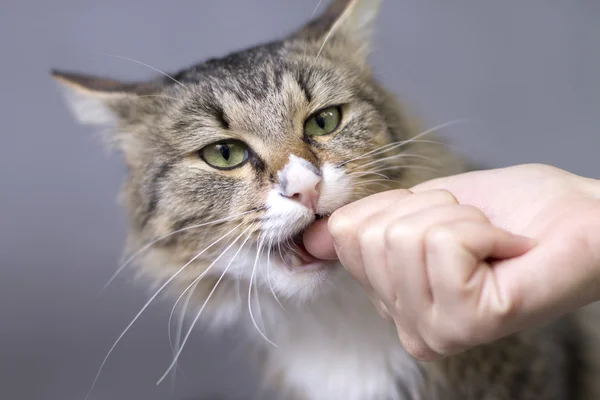
Deciphering the Nuances of Nose Biting During Different Situations:
- Cats may bite noses for various reasons, and the context matters. Is your cat trying to initiate play, express affection, or establish dominance? By observing other cues in conjunction with nose biting, you can gain a more comprehensive understanding of your cat’s message.
Recognizing Variations in Behavior Based on Individual Cat Personalities
Cats, like humans, possess unique personalities shaped by a combination of genetics and environment. Some cats may be more playful, while others are reserved or independent. Understanding and appreciating these individual variations is crucial when deciphering feline behavior, including the act of nose-biting during cuddling.
Instincts and Evolutionary Background
A. Evolutionary Reasons for Cat Behavior
- Tracing the Roots of Domestic Cats’ Behavior to Their Wild Ancestors
To comprehend why cats engage in certain behaviors, it’s essential to trace their roots back to their wild ancestors. Wildcats, from which domestic cats descended, developed behaviors that were essential for survival in the wild. Understanding these instincts provides insight into the seemingly quirky actions exhibited by our modern-day feline friends.
- Survival Instincts Influencing Modern Cat Behavior
The survival instincts of wildcats, such as hunting for food, establishing territory, and ensuring the safety of their offspring, continue to influence the behavior of domesticated cats. These instincts are deeply ingrained and can manifest in various ways in a household setting.
Instinctual Behaviors in Domesticated Cats
- Hunting and Territorial Instincts Manifesting in Household Behaviors
Cats are natural hunters, and even in a domestic environment, this instinct can be observed through activities such as stalking, pouncing, and play-fighting. Similarly, territorial instincts drive cats to mark their territory, often through behaviors like scratching and scent marking.
- The Impact of Selective Breeding on Instinctive Traits
Selective breeding, a process that has shaped the appearance and behavior of various cat breeds, has inadvertently influenced instinctual traits. Breeds developed for hunting may display a more pronounced hunting instinct, while those bred for companionship may exhibit different behaviors.
Nose Biting as an Adaptive Behavior
- How Nose Biting Might Have Evolved as a Survival Strategy
Nose biting during cuddling may have roots in the adaptive behavior of wildcats. In the wild, grooming is a crucial aspect of social bonding within cat colonies. Nose biting, as a form of gentle nibbling, could have evolved as a way for cats to reinforce social bonds with their companions.
Examining the Persistence of Adaptive Behaviors in Domestic Cats:
Understanding cat behavior requires a closer look at the evolutionary traits that persist in domestic cats. Despite their domestication, cats retain certain behaviors that served them well in the wild. These behaviors can manifest in seemingly curious or playful ways, such as the mysterious nose biting that some cat owners may experience.
Socialization and Bonding:
The Importance of Socialization in Cats:
Early Socialization and its Impact on Adult Cat Behavior:
- Early experiences play a crucial role in shaping a cat’s behavior. Kittens that are exposed to various stimuli, including different people, environments, and positive interactions during their early weeks, are more likely to grow up to be well-adjusted and sociable adults.
Socialization as a Foundation for Strong Cat-Human Bonds:
- Cats that are effectively socialized are more likely to form strong bonds with their human companions. This bond is built on trust, positive interactions, and a sense of security.
How Cats Build Bonds with Their Human Companions:
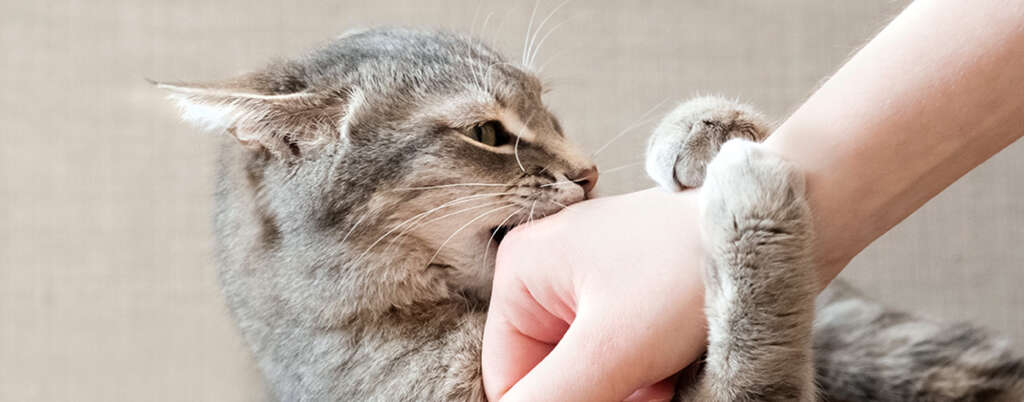
Trust-Building Activities Between Cats and Humans:
- Trust is the cornerstone of any healthy relationship, and the cat-human bond is no exception. Engaging in activities that build trust, such as gentle petting, interactive play, and providing a safe environment, fosters a sense of security in cats.
The Role of Consistent Positive Interactions in Bonding:
- Consistency is key when it comes to reinforcing positive interactions. Cats thrive on routine, and regular, positive engagement helps strengthen the bond between feline and human.
Nose Biting as a Sign of Affection or Playfulness:
Interpreting Nose Biting Within the Context of Social Bonding:
- Nose biting, when occurring during cuddle sessions, may be a manifestation of affection or playfulness. Cats use their mouths to explore the world around them, and nibbling on a familiar scent, such as your nose, could be a way for your cat to express closeness and comfort.
Conclusion
In the intricate tapestry of cat behavior, nose biting during cuddle sessions can be seen as a quirky yet endearing expression of the bond between feline and human. Understanding the importance of socialization and positive interactions sheds light on why our cats may exhibit such behaviors, turning what might seem like a puzzling act into a heartwarming display of affection. So, the next time your cat decides to give your nose a gentle nibble, rest assured that it’s likely a sign of love and trust in your special bond.
